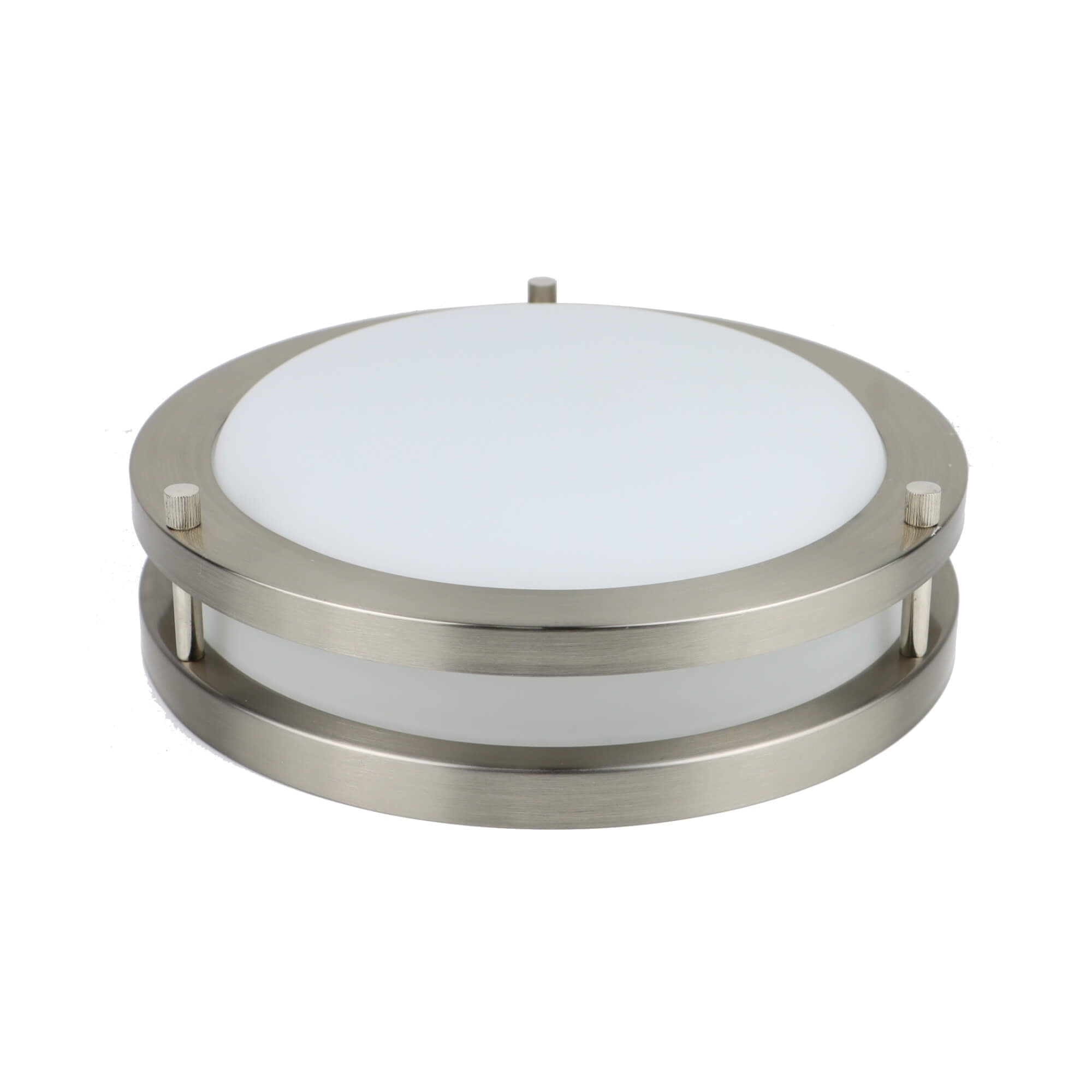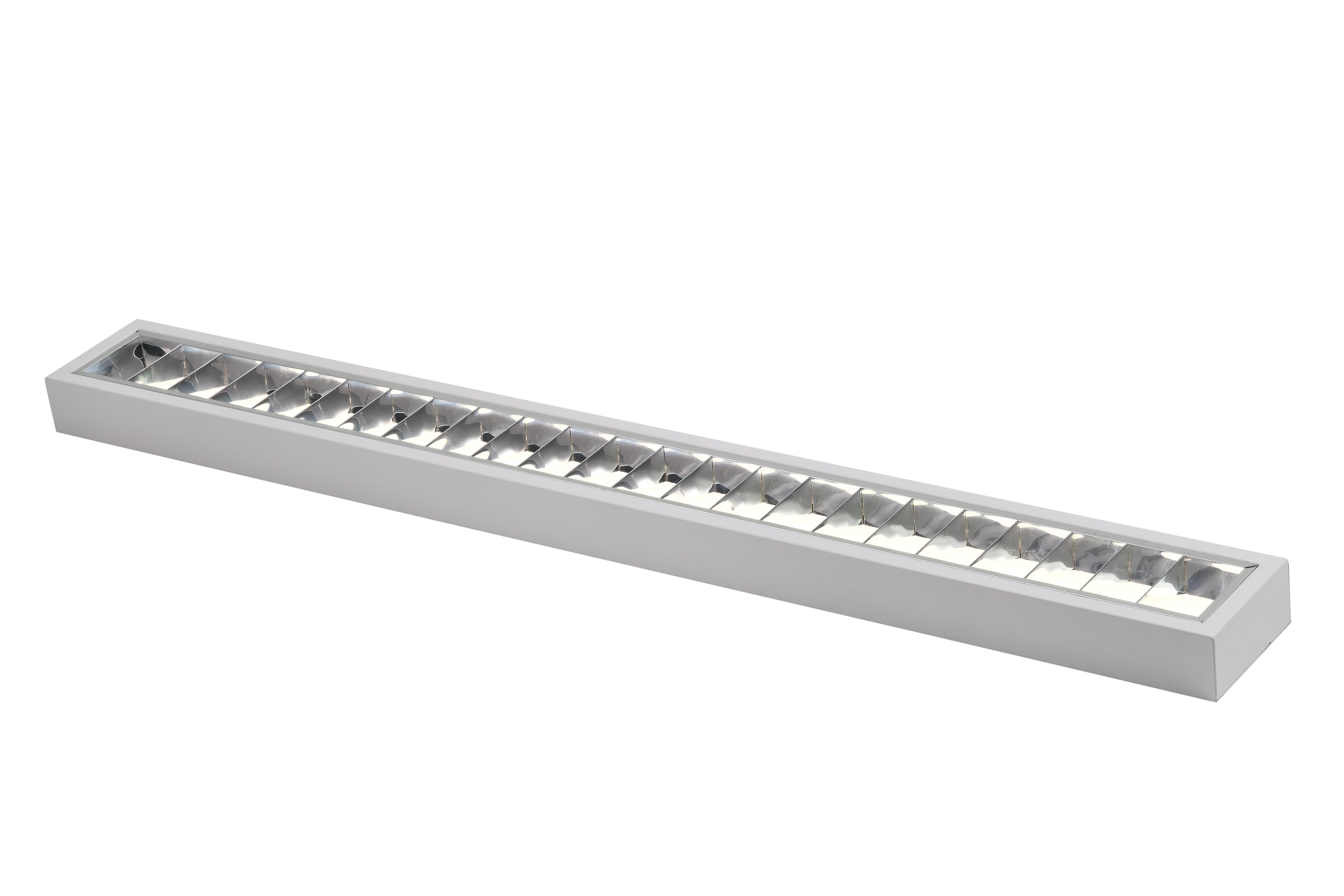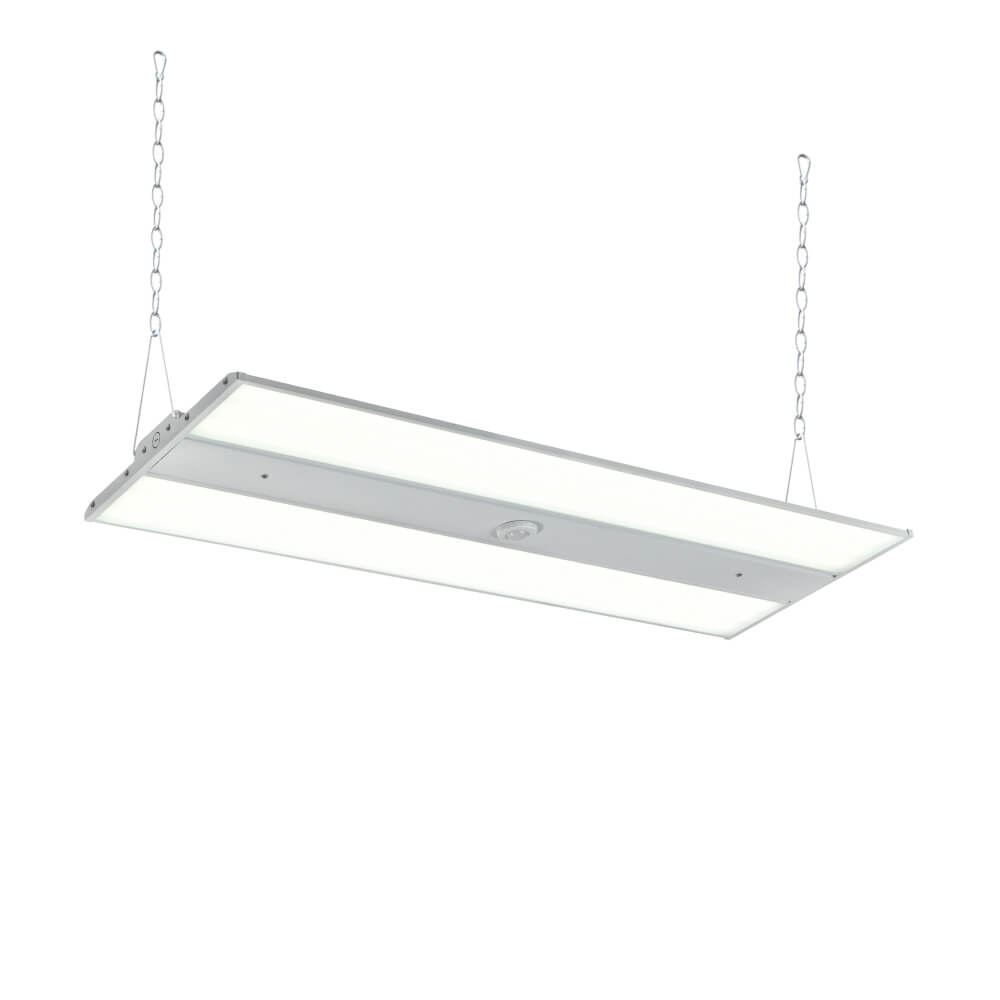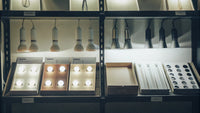Beam Angle Mastery: Optimize Your Commercial LED Lighting
Introduction
For commercial spaces like offices, retail stores, restaurants, and more, choosing the right LED pendant light fixtures and beam angles is critical to creating an optimal lighting design. While residential applications may focus more singularly on ambiance, commercial settings require balancing aesthetics, sufficient brightness, uniformity, targeted illumination, energy efficiency, maintenance needs, and compliance with local codes.
With their flexibility and energy savings, LED pendant lights have become a top choice for commercial spaces. However, the beam angle - referring to the angle of light distribution from the lamp - must align with the unique requirements of each business environment. Wider angles spread light over larger areas while narrower beams provide tighter, more directed spots of illumination.
When designing or upgrading commercial pendant lighting, consider the following factors carefully to select optimum beam angles. Getting this right ensures your business realizes the full benefits of performance, aesthetics, and sustainability these innovative fixtures offer.
Space Purpose and Usage
The primary usage of the space determines what type of lighting and beam angles will best serve needs and preferences:
-
Open work areas - Wider flood beam angles of 40-60 degrees provide bright, uniform ambient illumination across large, open areas like office spaces or manufacturing facilities.
-
Individual workstations - For cubicles and private offices, a mix of narrow spot beams (10-30 degrees) to accent work surfaces plus moderate flood beams (30-50 degrees) for ambient lighting creates a comfortable balance.
-
High-traffic areas - Spotlight walkways, aisles, hallways, exits, and entries with narrow flood (20-40 degrees) or spot (10-30 degrees) beams to direct light right where people need it without wasting energy lighting adjacent surfaces.
-
Presentation zones - Concentrate sharp narrow spot beams (10-30 degrees) on focal points like podiums, screens, demonstration areas, point-of-sale counters, artworks, or architectural details to draw attention.
-
Dining establishments - For restaurants, wider flood beams (45-60 degrees) create dim, relaxing ambient dining spaces, while narrow spot lights (10-30 degrees) illuminate tabletops optimally for dining.

Dimensions and Layout
The dimensions, layout, and positioning of architecture, furnishings and equipment impacts suitable beam angles. Wider angles can wrap multiple obstructions while narrow beams focus through openings. Visualizing the layout helps determine if a wide flood or narrow spot beam will best cover required surfaces without spilling over unnecessarily.
In open concept areas, wide flood beams effectively wash light across the full space. For winding spaces broken up with walls, furnishings or equipment, narrow beams directed through gaps provide focused coverage. Spaces with high shelving or machinery may warrant wider angled lighting wrapped downward around obstructions.
Mounting Height
Higher LED pendant mountings above 25 feet necessitate wider flood beam angles (45-60+ degrees) to properly illuminate the large area below without gaps [1]. At lower mounting heights around 10 feet, moderate (30-50 degrees) or narrow (20-40 degrees) beams sufficiently cover the space.
The same space could even use different beam angles at varying heights. For example, at 12 feet a 40 degree beam sufficiently illuminates but at 16 feet a 50 degree beam might be required from the same pendant. Consider appropriate angles for the range of heights in the space.
Maintenance Needs
The maintenance workload must balance with the beam angle and number of fixtures needed [2]. Wider beams use fewer fixtures but increase maintenance. More concentrated narrow beams require more fixtures yet less maintenance each.
Evaluate total lifetime costs and labor. If the space needs many fixtures, narrow beams may concentrate lighting too much, leaving dark gaps if some fail. Wider beams spread light more evenly from fewer fixtures. But replacing wide-beam fixtures takes longer than simply swapping failed spotlights.
Energy Efficiency
For commercial lighting, optimizing energy efficiency is mandatory both for cost savings and compliance. But narrower beams use higher wattage to concentrate light while wider beams need more fixtures at lower wattages.
Use visualization tools to compare options and select beam angles and lumen packages that provide full, even coverage while meeting local energy codes. Avoid over-lighting and higher energy usage without meaningful improvements. The most efficient balance depends on the specific space.
Local Codes and Regulations
Local commercial building codes and energy regulations like California's Title 24 include lighting power density limits that must factor into pendant lighting plans [3]. Compare options at different mounting heights to identify compliant solutions tailored to the space that avoid excessive lighting or energy usage.

Lighting Types
While most commercial lighting utilizes LEDs for their color quality, efficiency and longevity, legacy lighting may still be present. When transitioning to LED pendants, consider replicating existing beam angles and layouts first before adjusting to optimize further. This minimizes rewiring and installations costs.
Beam Angle Matters, Choose Wisely
Specifying suitable LED pendant lighting beam angles for commercial spaces requires weighing multiple interdependent and sometimes competing factors. But thoughtfully addressing space usage, layout, height, maintenance, efficiency, regulations and lighting goals results in lighting designs that truly serve a business' needs for the long-haul.
With flexible offerings and expert guidance, Halcon Lighting helps businesses balance these considerations and select the perfect commercial LED pendant fixtures and beam angles. Contact Halcon today to implement a lighting solution tailored your unique commercial environment.








